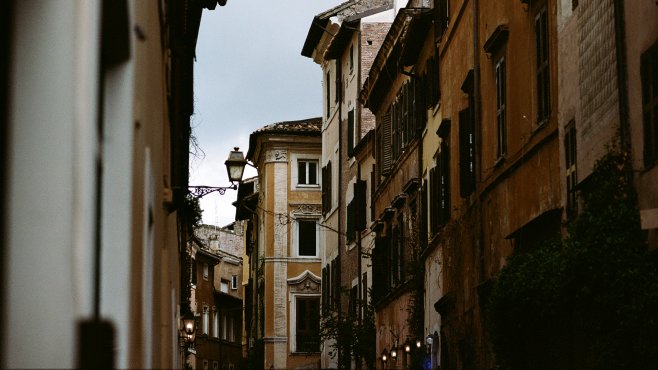Friuli Venezia Giulia
This lesser-known region is incredibly rich in wine. White wines from Friuli are among the best in the world, and unique red wines are also produced here. Friuli winemakers were ahead of their time and began successfully experimenting with natural and biodynamic wines many years ago. The region can be divided into two parts. The most valuable wines are produced in the east near the Slovenian border, where the landscape is hilly and the growing conditions are challenging. One of the most well-known areas in this part of Friuli is Collio, which has a specific microclimate with a large amount of rainfall, a strong cold wind in winter, and a pleasant breeze from the sea in summer. The area is characterized by poor soil, which locals call ponca. The other area closer to the sea is lowland and more "commercial", where vineyards with significantly higher yields produce wines for quick consumption.
The most typical local varieties include Friulano (formerly called Tocai), Ribolla Gialla, Refosco, Schioppettino, and Picolit, which is often used for making dessert wines. Friulian winemakers do a lot of blending, often combining local varieties with international ones like Chardonnay, Pinot Grigio, Sauvignon, or Merlot. Despite its relatively small size, Friuli boasts four DOCG appellations and ten DOC areas.
